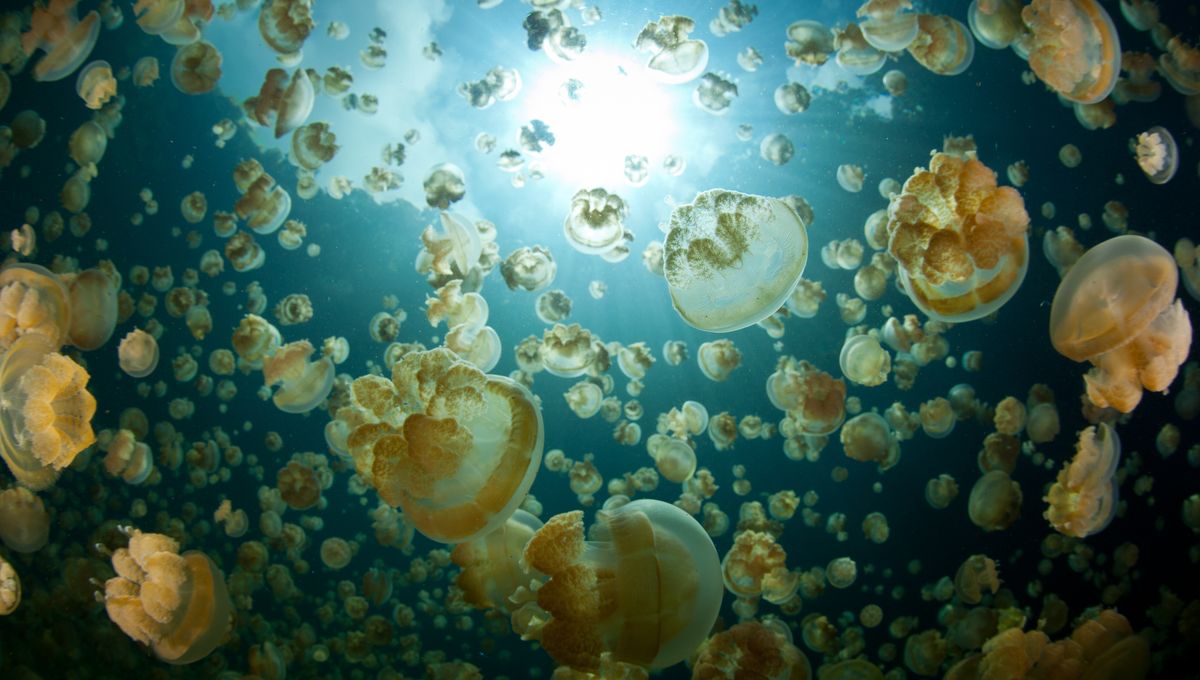
How is it that organisms are so damned good at evolving to overcome environmental challenges? This is a question that has long been posed by researchers, but the answers have not been overly clear. Now, a new study suggests that evolution itself may be a process that can evolve.
ADVERTISEMENT GO AD FREE
Life has managed to flourish in some incredibly uninhabitable places, even in areas undergoing rapid ecological change. Take microbes, for example – how is it that these tiny organisms have become so adept at quickly gaining antimicrobial resistance? Viral pathogens like SARS-CoV-2 and avian influenza (H5N1) are particularly noteworthy for their ability to adapt to changes in their host’s immune systems.
“Life is really, really good at solving problems. If you look around, there’s so much diversity in life, and that all these things come from a common ancestor seems really surprising to me,” evolutionary biologist Luis Zaman, lead author of the study and an Assistant Professor at the University of Michigan, explained in a statement.
“Why is evolution so seemingly creative? It seems like maybe that ability is something that evolved itself.”
The question of an organism’s evolvability is somewhat tricky to approach, mostly because it isn’t something that is easy to measure. For instance, evolution can result from mutations that increase a species’s fitness over time, offering it greater chances of surviving in its environment. But evolvability is not the same as fitness – it has more to do with the potential of a species to obtain fitness in the future.
“This forward-looking feature of evolvability makes it contentious,” Zaman added. “We think it’s important. We know it happens. Why it happens and when it happens is something we’re less clear about. We were trying to figure out: Can we see the evolution of evolvability in a more realistic computational model?”
In order to test this, Zaman and colleagues created a computational model using a framework called Avida, that had a set of three rewarded logic functions and three toxic logic functions. These logic functions can be understood as red and blue berries, which can be either beneficial or poisonous in specific environments. For instance, in one of the model’s environments, the red berries are beneficial to the population, but the blue ones are poisonous. Then, in another, the reverse is true. The result is that a population cannot be “good” in both environments, but can only succeed in one.
ADVERTISEMENT GO AD FREE
The team then ran a series of scenarios and measured how evolvability could change over the course of each scenario. In one scenario, the environment remained constant, which meant the population did not move from eating one berry to another.
In another scenario, the population was forced to cycle between eating red and blue berries. In this situation, the team found that the populations were able to jump back and forth between the different berries successfully. In particular, cycling between the environments caused the populations to have a significantly greater increase in “mutations”, allowing them to successfully switch between eating red or blue berries.
When the researchers created scenarios that cycled between each logic function, the programs in Avida would nudge themselves into new “mutational neighborhoods”. These can be thought of as pathways of multiple genes consisting of computer code. Every time the environment switches, the pathway needs to be reconfigured to eat the alternative berries.
“The mutational neighborhood that populations end up occupying—finding through evolution—are places where single mutations are able to reconfigure this pathway,” Zaman added.
ADVERTISEMENT GO AD FREE
So in this context, “mutations” occur when one of the computer instructions (effectively its “genes”) within the program (its “genetic pathway”) is changed. As time goes on, the reconfiguration of pathways eventually allows the population of computer programs to “evolve” so they can live successfully in a neighborhood where red berry and blue berry specialists “live next door”.
But to what extent is time a factor in this evolvability? Well, the researchers changed the frequency with which the scenarios cycled between environments. This varied from a population spending one generation in an environment to situations where this changed to 10 generations and then to 100 generations. Interestingly, they found that if the environment changed too quickly, then there was no increase in evolvability. However, they did find that even a relatively long cycle period of potentially hundreds of generations could produce the evolution and maintenance of evolvability.
“Once a population has achieved this evolvability, it seems like it didn’t get erased by future evolution,” Zaman said.
This suggests that, once evolution has evolved to be better at evolving, it won’t likely go away.
ADVERTISEMENT GO AD FREE
The study is published in the journal PNAS.
Source Link: Evolution Itself May Be Evolving, Allowing Faster Adaptation To Change